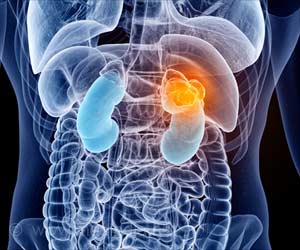A professor has conducted research aimed at improving those odds. His team's newest study will look at the effects of methylphenidate (MPH), on young ADHD drivers facing real-life distractions.
When a song on the radio or the cell phone on the car seat next to a young driver beckon, she may not resist the temptation to turn up the dial or take a call while maneuvering in traffic. Such distractions could lead to a car crash, especially for young drivers with Attention Deficit/Hyperactivity Disorder (ADHD).
As a group, young ADHD drivers are two to four times more likely to have a car accident than non-ADHD drivers. Daniel Cox, Ph.D., professor of psychiatry and neurosciences at the University of Virginia Health System, has conducted research aimed at improving those odds. His team's newest study will look at the effects of methylphenidate (MPH), a controlled-release stimulant, on young ADHD drivers facing real-life distractions."In controlled laboratory studies, there are no cell phones, no pressures to get home before curfew, no passengers encouraging the driver to ‘get air,' no pets that slip from the driver's lap down to the pedals and no hamburger dripping with mustard in the driver's right hand," said Cox. "This, however, is real world driving. We want to investigate the benefits of medication in the context of such real world distractions and demands."
This research team's past studies have compared long- acting MPH to extended-release amphetamine salts and found that MPH is more effective in helping young ADHD drivers pay attention and have fewer driving mishaps while on the road. A second study Cox's team completed showed that ADHD young drivers fare better when driving cars with manual transmissions rather than automatic transmissions. In this latest study, funded by Shire Pharmaceuticals, Cox's team hopes to determine the benefits of MPH during routine, daily driving.
In the study, driver performance will be measured using a device called DriveCam. This video system will be mounted inside the vehicle and will measure and record all audio visual signals. When there is a marked change in driving force, DriveCam will store the 10 seconds before the change and the 20 seconds following the change. The study will last six months. For three months of the study, participants will receive MPH administered through a patch.
"We think that the drivers will perform better on the MPH patch than without the medication, even in light of real world situations," Cox said. "This information will help young ADHD drivers decide what approach may be best."
Advertisement
SRM











